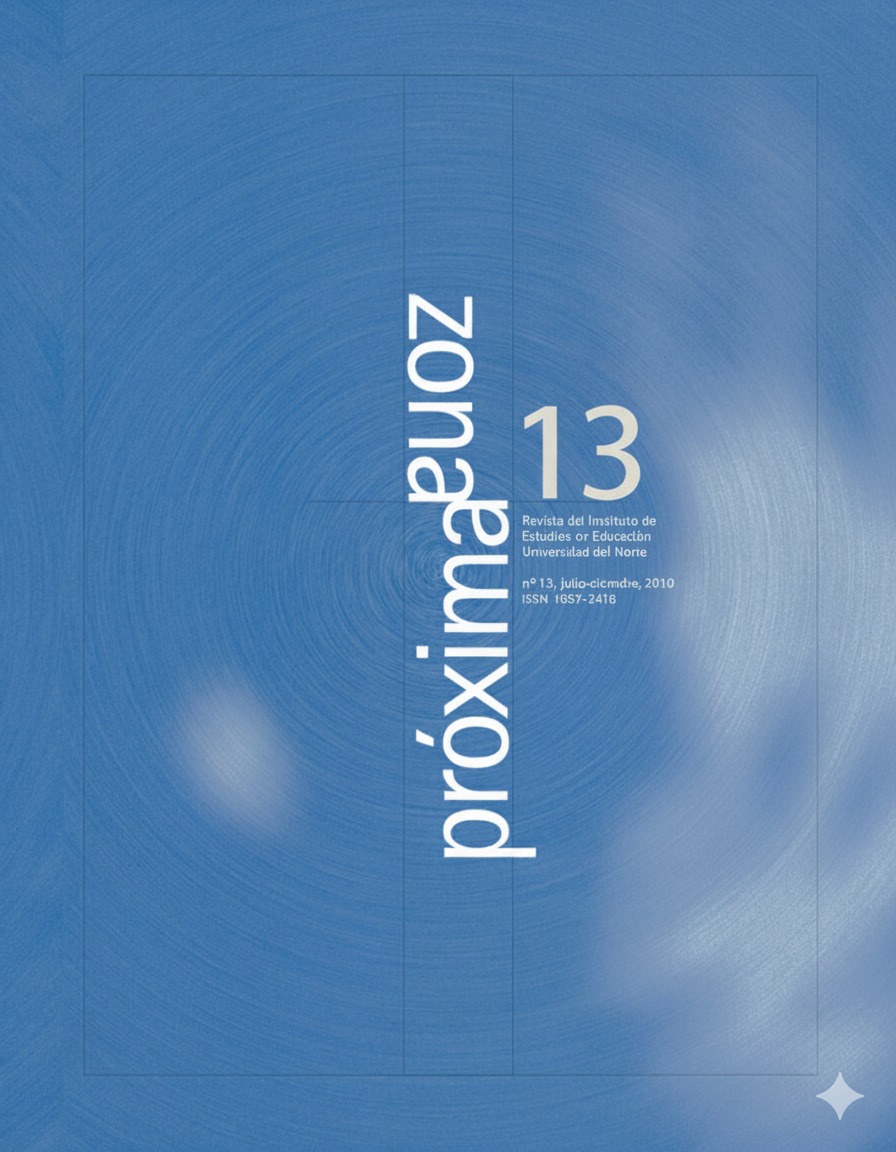Abstract
The didactic application of mathematical modelling in the curriculum of mathematics in secondary and its practical use in teaching and learning represents the core of this work. The objective was to analyze the production of ten pre-service mathematics teachers, related to a problem situation, specifically addressing: 1. The design of a guide for activities to be developed to model a situation, 2. Math concepts identified by them in the modelling and, 3. The development of an educational activity designed to expose the modelling of a proposal to school students. The study used a qualitative research and found that student teachers considered the joint teacher-student work, group discussion and reporting and communication of mathematical ideas to the class as very important.
References
Castro, E. & Castro E. (1997). Representaciones y modelización. En L. Rico (Coord.), La educación matemática en la enseñanza secundaria. Barcelona, España: Horsori.
Galbraith, P., Blum, W., Booker, G. & Huntley, I.D. (1998). Mathematical Modelling. Teaching and Assessment in a Technology-Rich World. Chichester, Inglaterra: Horwood Publishing
Ikeda, T. (1997). A case study of instruction and assessment in mathematical modelling - 'the delivering problem'. En S.K. Houston, W. Blum, I. Huntley y N.T. Neill (Eds.), Teaching and learning mathematical modelling (pp.51-61). Chichester, Inglaterra: Albion Mathematics and Applications Series.
Kaiser, G. & Schwarz, B. (2006). Mathematical modelling as bridge between school and university. ZDM Zentralblatt für Didaktik der Mathematik, 38(2), 196-208. Niss, M., Blum, W. & Huntley, I. (1991). Teaching and Mathematical Modelling and Applications. Chichester, UK: Ellis Horwood Limited.
Niss, M., Blum, W. & Galbraith, P. (2007). Introduction. En W. Blum, P. Galbraith, H.W. Henn y M. Niss (Eds.), Modelling and Applications in Mathematics education (The 14th ICMI Study). New York: Springer.
Ortiz, J. (2000). Modelización y calculadora gráfica en la formación inicial de profesores de Matemática. Granada: Universidad de Granada.
Ortiz, J., Rico, L. & Castro, E. (2007). Organizadores del Currículo como Plataforma para el Conocimiento Didáctico. Una Experiencia con Futuros Profesores de Matemáticas. Enseñanza de las Ciencias, 25(1), 21-32.
Ortiz, J., Rico, L. & Castro, E. (2008). La enseñanza del Álgebra Lineal utilizando modelización y calculadora gráfica. Un Estudio con Profesores en Formación. PNA 2(4), 181-189.
Rico, L. (1997). Los organizadores del currículo de matemáticas. En L. Rico (coord.), La educación matemática en la enseñanza secundaria. Barcelona: Horsori.
Swetz, F. & Hartzler, J. S. (1999). Mathematical modeling in the secondary school curriculum. A resource guide of classroom exercises. Reston, VA: NCTM.


